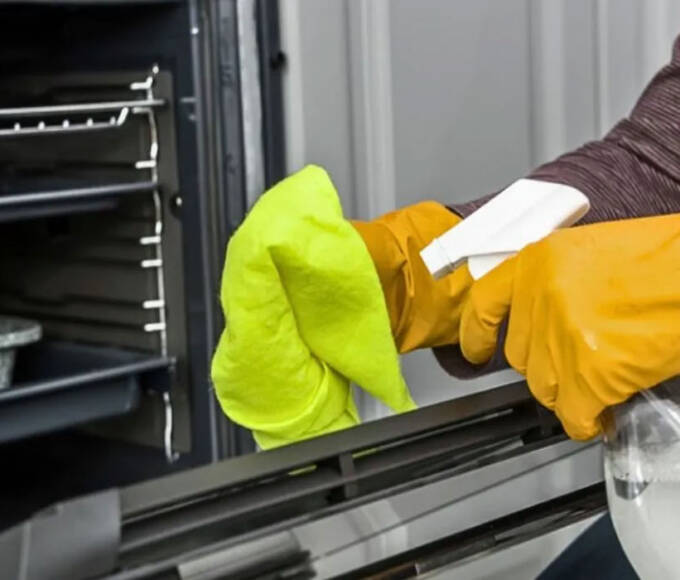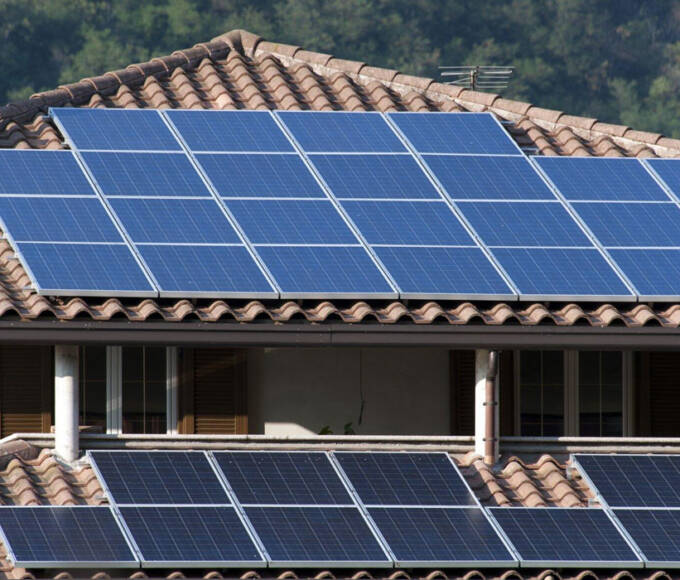Many homeowners have to deal with a roof repair or replacement at one point. It’s always best to address the problems as soon as they occur to avoid more significant issues later.
An annual inspection with a professional roofing contractor can help prevent many of these problems. Here are ten of the most common roofing problems to watch out for:
Clogged Gutters
Clogged gutters are a significant roofing problem that can cause severe structural damage to the home. The gutters are supposed to direct rainwater away from the roof, but when they become clogged, water accumulates on the top and doesn’t have an escape route. This can damage the shingles and fascia, lead to mold and mildew, and attract insects like termites and carpenter ants.
Clogging is often caused by debris buildup, but it can also happen if the gutters aren’t properly designed or installed. This is especially common with older homes and can occur if the original homeowner or previous roofing contractor does the gutter installation.
Gutter cleaning is a vital maintenance job, and it’s recommended to get it done at least twice a year. The best way to tell if your gutters are clogged is by checking for flowing water. If you see water, but it’s coming out with twigs and leaves attached, that’s a sign of a clog.
Damaged Shingles
Even a top-quality roof is susceptible to damage from heavy storms, debris, and sun exposure. Leaving these problems unattended can result in more severe structural issues like leaks or sagging.
One of the most common roofing problems is shingle blow-offs, which can be caused by wind or poor installation. This leaves critical areas exposed and prone to leaks, such as around chimneys, skylights, or any low points on the roof structure.
Cracking shingles are also an issue, which can happen due to high winds or temperature changes. These shingles are then prone to moisture accumulation, which can lead to leaking into the home. Moss and algae are another common sign of a deteriorating roof. They can cause dark brown, black, or green streaks across the top, detracting from curb appeal and allowing water to seep into the house. Using professional roofing services can help eliminate this problem and prevent its spread.
Improper Ventilation
Moisture and poor ventilation can lead to roof and ceiling damage that is costly to repair. If left unchecked, this moisture can cause mold and mildew, harming occupants’ health.
If a home is poorly ventilated, hot air gets trapped in the attic, raising temperatures to dangerous levels. This can damage the roofing system and shorten its lifespan.
In winter, the heat buildup in a poorly ventilated attic can melt snow on the roof’s surface and then refreeze over gutters and fascia boards. This cycle can leak water through shingles, soaking roof decking and wall sheathing, damaging interior walls and ceilings, sagging drywall, and peeling paint.
Homeowners can avoid this problem by having a professional inspect their home and attic space to ensure it is adequately ventilated. If not, a professional can install additional vents to prevent heat and moisture buildup. This can also reduce energy costs and help prevent ice dams, mold, and mildew. In addition, a newly installed roof can bring home improvement.
Ponding Water
Water ponding on flat roofs can be a severe problem that requires professional services. When there is an area of standing water on a flat top, this usually indicates that there are structural problems or insufficient drainage. This ponding can lead to the degradation of the membrane and can also affect any property on the building level below.
Pondering can happen because the roof doesn’t have enough slope to allow the water to evaporate quickly. Typically, the best solution for this issue is to have the professional contractor install a system of drains and scuppers that will be able to handle the flow of water.
Another option is to have the roofing company replace any areas of the insulation that are crushed from the weight of the ponding water. This will help to prevent the ponding water from damaging the roof. The professional should carefully remove plant growth or other debris that may have accumulated underneath the ponding water.








